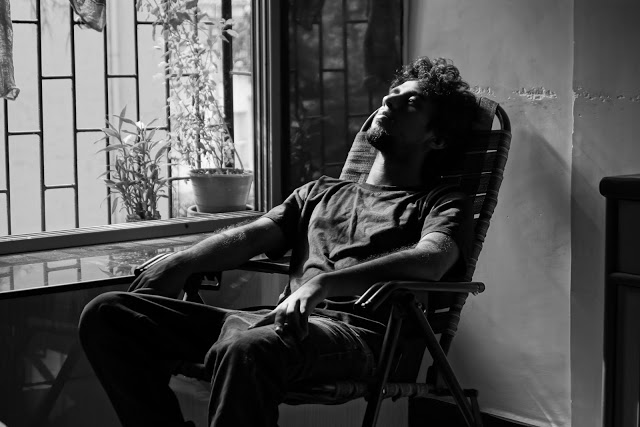I recently had an exploratory session with a coach.
In getting to know each other, she asked me a lot of the standard questions that coaches ask during an initial conversation with a potential client: ”What do you want?”; “What’s your dream?”; “Where are you now?”
Then came that big one—”What’s blocking you?”
She asked me this more than once, and I struggled to answer her question.
Why?
Because I don’t know that anything is blocking me, and if you are my client, I don’t know that anything is blocking you. It may be semantics, but for me, “What’s blocking you?” is not a useful question, and I said as much to that coach during our conversation.
When coaching someone, I have seen how important it is to use the same words as the client uses. Repeating something back in the exact language they use lets the person know that you are on the same page as they are.
But back to the “What’s blocking you?” question—I don’t usually have an an answer that jumps out at me— it’s mostly guesses.
If I knew what was blocking me, I might not be in the situation I’m in.
It absolutely may be that there are things getting in the way of having what I want, but in the words of one of my mentors, Terry Hickey, I’d rather focus on how I want things to look rather than what’s not working or more specifically why something is not working.
Sometimes the why doesn’t matter, and sometimes the why reveals itself in other ways.
I believe that these so-called “blocks” are actually strategies or behaviors that our subconscious, or parts of us, use in order to fulfill a positive intention or outcome.
If we can identify these parts (it’s pretty easy to do this)—and possibly when they started carrying out their, at one time, useful strategies—we may be able to try something new that is in alignment with what we currently want in life. It takes a little digging, but still pretty easy.
Voila! Change is served.
Is it useful to focus on the negative?
Depending on the situation, there may be some utility in spending some time on how we’ve structured a problem in our mind.
The problem is never the actual problem.
The problem lies in how we react to a particular situation.
For example, if I’m writing a book, but every time I sit at my computer to write, I check Facebook. And then I get mad at myself or frustrated that I keep perpetuating a never-ending cycle of checking Facebook.
There are all kinds of behavioral strategies that I could put into practice, like internet blocking software or websites, and that might work for a while. But what could be more interesting and have a lasting effect, is to understand how I structure the problem.
In other words, I could ask myself some questions at the very moment that I sit down to write and have the urge to check Facebook. Sitting down at the computer with the intention of writing or checking Facebook, (which makes me more frustrated and angry, thereby keeping me stuck in a self-perpetuating cycle), the first question I ask myself is the most important: “How am I reacting?”
Why is the question “How am I reacting” so useful?
First, it allows you to step back and observe from a neutral position. It doesn’t judge. It’s not the ever-critical “Why are you doing that?”
Second, it makes us conscious of the fact that we have the choice to react in multiple ways. It can serve as an anchor—to remind us that we can always choose a more useful reaction at any time.
“What lets me know to react this way?” is the next question we can ask to understand how we structure the problem.
Is there a trigger—a thought, something we see (like an icon on your computer screen), a song or sound we hear, something we tell ourselves—that results in us having a particular reaction? Think: the neighborhood ice cream truck song that triggers all the kids (and maybe some adults) to run out and get ice cream.
There are many directions this could go in.
I might figure out that I have a definite trigger, and then do some reprogramming work so that the trigger now represents the behavior that I find useful—such as getting excited and ready to write.
I might go another direction and see what other voices/parts of me are fulfilling a positive intention that manifests itself in keeping me from writing. And in this case, I might do some negotiating with them to try another strategy.
The big picture message is that when we start to break down the way we structure the problem step by step, it allows us to have distance from it so that we can see clearly.
We may now even be able to pinpoint exactly what strategies and resources we can call on to eliminate the problem completely—just by examining how we structured it in the first place.
And we may even laugh at ourselves. This is when focusing on the negative can actually be a good thing.
Do you think being curious about how you structure a problem might be useful and if so, how? I’d love to hear your thoughts, questions and comments below.
Love elephant and want to go steady?
Sign up for our (curated) daily and weekly newsletters!
Apprentice Editor: Carrie Marzo /Editor: Catherine Monkman
Photo: Siddhant Gawande / Pixoto












Read 0 comments and reply